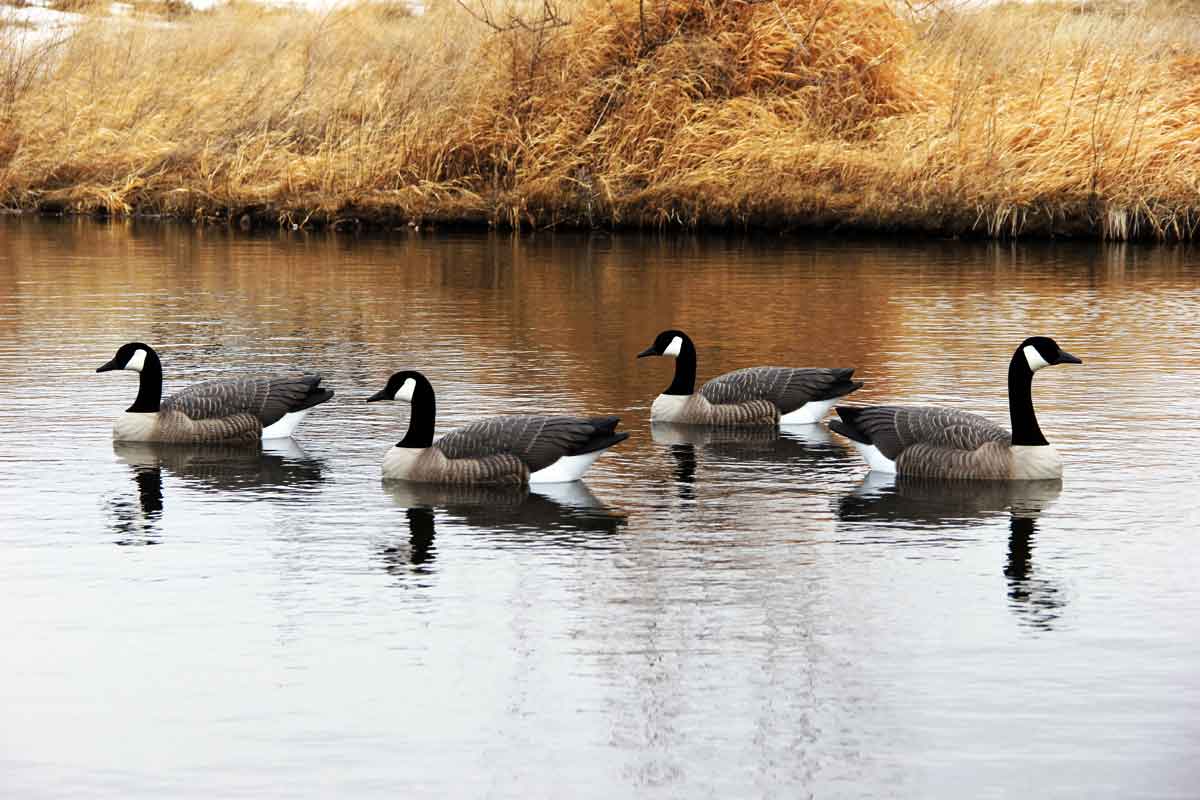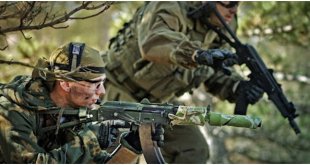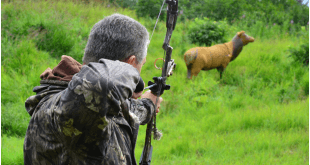You may own the greatest shotgun and optic equipment on the market, but if you don’t have decoys this duck hunting season you may be in trouble. For thousands of years, dating back to Native American hunting along with North America, duck decoys have been used as an essential tool to help lure in waterfowl from afar. Today, decoys range in diversity and amazing realism. When it comes to strategizing with decoys, you will find a lot of conflicting views. For instance, does the size of a spread really matter? Depending on the hunter and location, you may hear a yes or a no. When it comes down to it, you will have to experiment with different strategies to see what works best for you. This is definitely not a one size fits all scenario. While some hunters will argue over the best strategy, provided are a list of some of the most praised decoy tips and tricks to improve your hunt.
Size of Decoy Spread – This is a very difficult strategy to be conclusive on. Some hunters claim that smaller spreads of a dozen or so decoys are more welcoming to surrounding ducks, while others claim bigger spreads are more appealing. Generally, when it comes to spreading size bigger has been proven to be better. Bigger spreads are easier to spot by overhead ducks and can lure in large flocks. While it takes a lot of preparation and maintenance, some elite hunters use thousands of decoys in their spreads.
Formation of Spread – When it comes to developing spreads, you will need to get creative. The shape and location of your spread are key. Be sure to place the spread near your blind and in an area where ducks will want to land. There are decoys available for all kinds of terrain. You also want to ensure that your spread has an opening for the ducks to land.
Realism – Some hunters believe that realism in decoys is more important than the size of the spread. When setting up spreads, it is important to place your best decoys towards the front and most apparent locations and to have your floaters everywhere between to help blend in.
Add Movement – By adding some motion to your spread, overhead ducks will be more convinced of the legitimacy of your spread. You can either buy decoys that can move on their own or attach a jerk string to move them at your own will. This will make your spread more noticeable to surrounding ducks.
Adjust – As the season carries on the ducks will behave differently from paranoia, migration patterns, and/or changing weather. To stay on top of your game, it is important to develop new spreads for each hunt to accommodate these changes and keep things fresh. After looking at the same spread each week, ducks may become suspicious. When it comes to the bottom line, you need to envision yourself as the duck and picture what they want to see in a spread.
DOA Decoys hand-crafts high-quality waterfowl decoys in Algona, IA. After spending months reviewing the art portfolios of some of the most renowned waterfowl carvers in North America, they stumbled upon not one but two world-class, world champion carvers who would combine their unrivaled mastery of wildfowl carving to create the perfect line of gunning decoys.
 www.GunsandOptics.com Tactical & Hunting Gear Review
www.GunsandOptics.com Tactical & Hunting Gear Review







